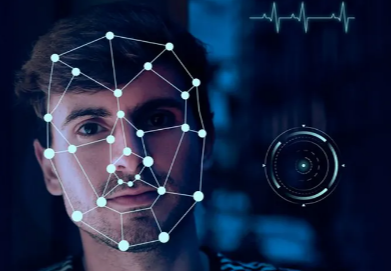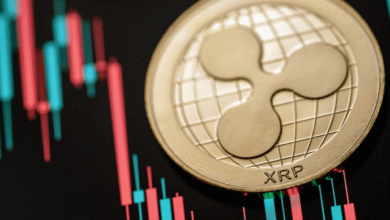Deepfake Detection New Manipulation Detection Technique to Ensure Safety

In this fast-growing digital world, one can witness a plethora of techniques that are created for various purposes. One of the most crucial concerns of today’s population is ‘Security or safety’ while using online platforms. Besides, individuals use several platforms to pursue business, gaming, and other activities. Likewise, deepfake is one of the top five identity fraud types that plays a vital role in safety and security. It detects deepfakes by looking for inconsistencies, analyzing the audio, and checking for unnatural movements of lips, muscles, eyes, and gestures. Deepfakes have 3 primary implications such as political, social, and economic.
Moreover, those who are working online, contain sensitive data in their systems which needs to be protected from cybercriminals. So, the detection tools and technologies help maintain a safe and healthy workplace and minimize the cases of harassment. In this regard, deepfake detection provides advanced services to ensure the healthy interaction of the users.
What is Deep Fake Detection?
Deepfake technology is used to generate images, videos, and audio artificially to manipulate the audience for various purposes. It can be done by swapping the faces or the bodies in the images or the videos. Additionally, the audio can also be deepfaked by using the AI deepfake detection. For instance, the public can be fooled by using the mimicked voice of a politician. Resultantly, the politician may get more votes. Disinformation is promoted through deepfaked content. It delivers a negative impact on the audience against the targeted individual.
Benefits of Using Deep Fake Detection
There are many advantages of using deepfake prevention such as:
- It is responsible for safeguarding the personal information of the user.
- Any anonymous user can get access to a personal account and may take advantage of it. But deep fake detection becomes quite handy in recognizing the false entity.
- Online deepfake detection also plays its part in data validation. In sectors like financial, legal, and healthcare, deep fake detection makes sure that the customer or client is authentic.
- This technology efficiently prevents identity thefts caused by fake identities. Such fraud can happen in banks, education sectors, and online as well.
Methods of Deepfake Detection
There are some ways through which AI deepfakes can be detected, such as:
Traditional detection
This type of detection is done by doing motion analysis. This analysis includes lip movement, expressions, muscle movement, and many more. It is a bit extended but an effective way to prevent fraud.
Deep Learning Method
This method includes the examination of a large number of faces. By using a deep learning method, a face undergoes a complex procedure of investigation to understand the loopholes in an individual’s identity.
Convolutional Neural Network
CNNs work very well for examining images and videos. They automatically remove characteristics from pictures, like forms, textures, and edges. CNNs are now able to distinguish minimal variations between authentic and fake videos. CNNs analyze video frames as images and look for anomalies that might point to manipulation.
Read more: What to Expect from Homicide Cleanup Company Paterson New Jersey
Machine Learning Approach
This approach deals with the emergence of algorithms and the design. It commands the computers to learn from data and develop algorithms that can automatically detect various patterns. It contains a large amount of labeled datasets, having both the fake and the accurate content. The model itself points out the inaccurate content from the dataset.
Future of Deep Fake Detection:
With time, deep fake detection is becoming more advanced and dynamic to ensure the safety of the users and to prevent cyberbullying. Besides, machine learning algorithms will probably be used by new detection technologies to swiftly and accurately identify deepfakes. Several businesses working together will be crucial to sharing important information and creating more effective detection techniques. To guarantee that deepfake technologies are used properly and that content authors are held accountable for damaging information, there will also be an increasing demand for ethical rules and laws.
Moreover, in the future, awareness will be very significant. People will have to get education on spotting deepfakes and the value of rechecking information before sharing it. Readily available user-friendly detection technologies may make it easier for people to identify fake information. Additionally, blockchain technology may be able to confirm the legitimacy of audio and video content, boosting confidence in digital media.




